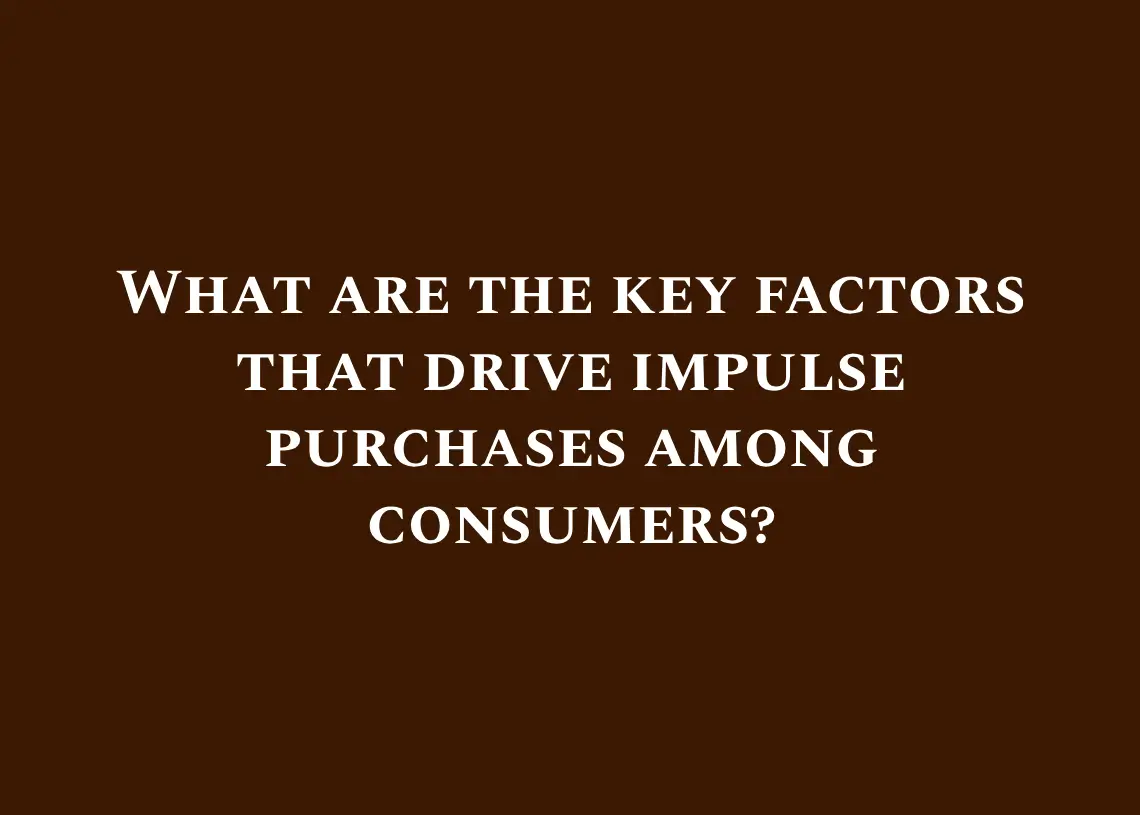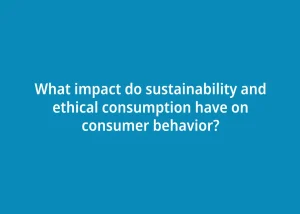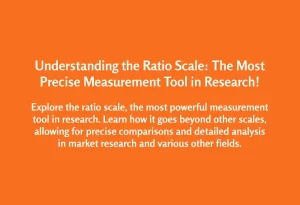As consumers, we’ve all been guilty of making an impulse purchase at one point or another. Whether it’s those shiny new shoes that caught our eye or the latest gadget that promises to make our lives easier, impulse purchases can be hard to resist. But what exactly drives us to make these spontaneous buying decisions?
Understanding the key factors that drive impulse purchases can provide valuable insights for businesses looking to increase their sales and grow their customer base. In this blog post, we’ll explore some of the key factors that influence impulse purchases among consumers.
From the power of emotions and the psychology of decision-making to the impact of marketing and social influence, we’ll delve into the various drivers that can make us reach for our wallets without much thought.
We’ll also discuss some of the strategies that businesses can employ to tap into these drivers and leverage them to their advantage. So, if you’re interested in gaining a deeper understanding of the fascinating world of impulse buying, keep reading!
Earn a certificate in your dream career for an affordable price at IAP Career College today!
Limited time offers and discounts.
One of the key factors that drive impulse purchases among consumers is limited time offers and discounts. When a product is offered at a discounted price or is available for a limited time period, it creates a sense of urgency and scarcity, which can push consumers to make a quick purchase decision.
This is especially true for consumers who are price-sensitive and looking to save money. Limited time offers and discounts can also appeal to the fear of missing out (FOMO) among consumers, as they do not want to miss the opportunity to get a good deal.
In order for this strategy to be effective, it is important for businesses to prominently display the limited time offer or discount and clearly communicate the value proposition to consumers. Moreover, it is important to ensure that the offer is genuine and not perceived as a false promotion, which can damage the reputation of the business.
Eye-catching product displays.
One of the key factors that drive impulse purchases among consumers is eye-catching product displays. A visually appealing display can quickly grab the attention of shoppers and entice them to make an unplanned purchase.
Product displays that are creatively designed, well-lit, and strategically placed in high traffic areas can be particularly effective in capturing the attention of consumers. Retailers should aim to create displays that not only showcase the product but also highlight the product’s features and benefits.
Additionally, retailers should consider changing up their displays regularly to keep shoppers interested and engaged. By investing in eye-catching product displays, retailers can significantly increase their chances of driving impulse purchases among consumers.
Emotional appeal of products.
Emotional appeal is one of the key factors that drive impulse purchases among consumers. Emotions play a significant role in shaping consumer behavior, and marketers have long recognized the power of emotions in driving sales.
By tapping into consumers’ emotions, marketers can create a strong connection between their products and the consumer, leading to impulse purchases. Emotional appeal can take many forms, from using humor or nostalgia to create a positive association with the product, to using fear or anxiety to create a sense of urgency to purchase.
Understanding the emotional drivers of your target audience is crucial in creating effective marketing campaigns that appeal to their emotions and drive impulse purchases.
Peer recommendations and reviews.
Peer recommendations and reviews are a key factor that drives impulse purchases among consumers. With the rise of social media and online marketplaces, consumers now have access to a wealth of information about products and services, including feedback from other consumers.
This has led to a shift in consumer behavior, with many people relying on peer recommendations and reviews to make purchasing decisions. In fact, a study by BrightLocal found that 86% of consumers read reviews for local businesses before making a purchase.
Positive reviews and recommendations from friends, family members, or influencers can create a sense of trust and credibility, making consumers more likely to take the plunge and make an impulse purchase.
On the other hand, negative reviews or a lack of recommendations can deter consumers from making a purchase, emphasizing the importance of positive peer feedback in driving impulse purchases.
Convenience and accessibility.
Convenience and accessibility are crucial factors that drive impulse purchases among consumers. In today’s fast-paced world, people often prioritize convenience over other factors when making purchasing decisions.
Therefore, products that are easily accessible and readily available to consumers are more likely to be purchased on impulse. This is why retailers often place strategically located displays near checkout counters, making it easy for customers to grab an item without thinking twice.
Online shopping has also made convenience a top priority, with features like one-click purchasing and same-day delivery driving impulse buys. As such, businesses should aim to make their products as accessible and convenient as possible to capitalize on this key driver of impulse purchases.
Fear of missing out (FOMO).
One of the key factors that drive impulse purchases among consumers is the fear of missing out (FOMO). FOMO is a powerful motivator that urges consumers to make immediate purchases to avoid the feeling of regret or missing out on a unique opportunity.
The rise of social media has intensified this phenomenon, as consumers are constantly exposed to images and descriptions of products that they may not have known about otherwise. Brands take advantage of FOMO by creating limited-time offers, exclusive deals, and scarcity tactics to entice consumers to make impulsive purchases.
The fear of missing out creates a sense of urgency, which can override rational decision-making and lead to impulse buying. Understanding the power of FOMO in driving impulse purchases can help marketers tailor their messaging and promotions to effectively tap into this psychological trigger.
Aesthetic appeal and design.
Aesthetic appeal and design are key factors that drive impulse purchases among consumers. People are naturally drawn to products that look good and have an attractive design. The visual appeal of a product can evoke emotions and desires in consumers, making them more likely to make an impulsive purchase.
A well-designed product can also signal quality and credibility, which can further increase its attractiveness to consumers. Companies that invest in creating visually appealing products and packaging can benefit from increased sales and customer loyalty.
In today’s highly competitive market, it is essential for businesses to prioritize the aesthetics and design of their products in order to stand out from the competition and capture consumer attention.
Novelty and uniqueness.
One of the key factors that drive impulse purchases among consumers is novelty and uniqueness. Consumers are often attracted to products that offer something new and different from what they are used to seeing in the market.
Novelty and uniqueness can come in various forms, such as new features, designs, or packaging. When consumers come across a product that they perceive as unique and innovative, it triggers an emotional response that can lead to an impulse purchase.
Moreover, when a product is perceived as exclusive or limited edition. It can also create a sense of urgency and drive impulse buying behavior. Therefore, businesses can leverage this factor by introducing new and innovative products, limited edition collections, or exclusive collaborations to appeal to consumers seeking novelty and uniqueness.
Social media influence.
Social media influence is a key factor that drives impulse purchases among consumers. With the rise of social media platforms, consumers are constantly exposed to various types of content that can influence their purchasing decisions.
Social media influencers have become a significant source of inspiration for consumers. Especially for younger generations who often look up to them for lifestyle and fashion guidance. The use of social media platforms for advertising and marketing has also increased. With brands leveraging influencers to promote their products and services.
The combination of engaging content and influencer endorsements can create a sense of urgency and FOMO (fear of missing out) among consumers, leading to impulsive buying behavior. As such, businesses need to carefully consider their social media strategy and collaborate with influencers that align with their brand values and target audience to effectively drive impulse purchases.
Targeted marketing and advertising.
Targeted marketing and advertising are among the key factors that drive impulse purchases among consumers. By using data and analytics, businesses can identify the specific interests, behaviors, and preferences of their target audience.
This information enables them to create personalized and relevant ads that are more likely to capture the attention of consumers and influence their purchasing decisions. For instance, businesses can use retargeting ads to remind consumers of products they have previously viewed or abandoned in their shopping carts.
They can also leverage social media platforms to reach consumers who match their ideal customer profiles. Based on demographics, interests, and behaviors. By using targeted marketing and advertising, businesses can increase the effectiveness of their campaigns and improve their return on investment (ROI).
Conclusion: What are the key factors that drive impulse purchases among consumers?
In conclusion, impulse purchases play a significant role in the consumer buying journey. Many factors contribute to this behavior, including emotions, product placement, packaging, discounts, and social proof. As marketers, it is essential to understand these drivers and create strategies that tap into them effectively. By doing so, businesses can increase their sales and revenue while enhancing customer satisfaction and loyalty. Ultimately, prioritizing consumer needs and desires is key to building long-lasting relationships and driving success in today’s competitive market.




